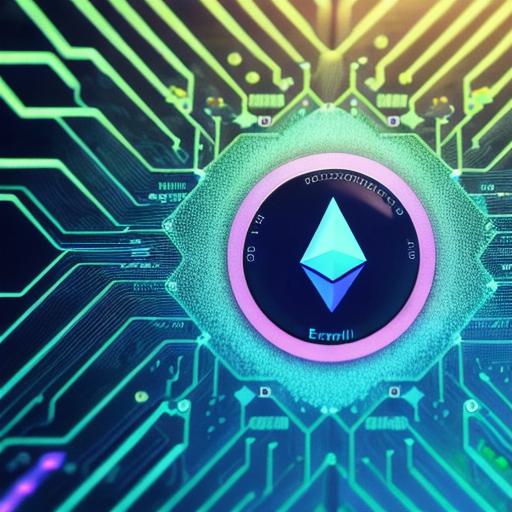In recent years, social networking has become an integral part of our daily lives. From connecting with friends and family to sharing news and ideas, social networks have transformed the way we interact with each other. However, as the popularity of these platforms continues to grow, so does the need for innovation and improvement. That’s where Web3 DApps come in, offering a decentralized, secure, and more efficient way to build and manage social networking applications.
In this comprehensive guide, we will explore the basics of Web3 DApps and their potential impact on social networking. We will also delve into case studies and personal experiences to illustrate how these technologies are being used to revolutionize the industry. Additionally, we will provide tips and best practices for web3 developers looking to build their own decentralized applications in this space.
What Are Web3 DApps?
Web3 DApps are decentralized applications that use blockchain technology to enable secure and transparent transactions. Unlike traditional centralized social networks, which rely on a single point of control to manage data and interactions, Web3 DApps are built on a peer-to-peer network of nodes that validate and verify all transactions.

This decentralization offers several advantages for social networking applications, including greater security, privacy, and control for users. For example, with Web3 DApps, users can own their data and control who has access to it, unlike with traditional centralized networks where data is controlled by a third-party. Additionally, Web3 DApps offer faster and more efficient transactions, as they do not require intermediaries to process payments or other transactions.
Case Studies and Personal Experiences
There are already several successful Web3 DApps that have emerged in the social networking space. One such example is Soma, a decentralized social media platform built on the Ethereum blockchain. Soma allows users to own their data and control who has access to it, while also offering features like encryption and end-to-end messaging for secure communication.
Another example is uPort, a decentralized identity platform that enables individuals to manage their personal data and credentials in a secure and private manner. With uPort, users can easily share their credentials with third parties, such as employers or service providers, without giving away control of their data.
Personal experiences from web3 developers who have worked on these projects also highlight the potential for Web3 DApps in social networking. One developer noted that building a decentralized social media platform was more challenging than building a traditional centralized platform, but the rewards were worth it. Another developer praised the transparency and security of decentralized platforms, noting that users have greater control over their data and interactions.
Tips and Best Practices for Web3 Developers
Building a Web3 DApp in the social networking space can be complex, but there are several tips and best practices that web3 developers can follow to ensure success. First and foremost, it’s important to thoroughly research and understand the technology before diving into development. This includes understanding the advantages and limitations of blockchain technology, as well as the various tools and frameworks available for building decentralized applications.
Additionally, web3 developers should prioritize user experience when building their applications. While Web3 DApps offer greater security and control for users, they must also be easy to use and navigate in order to attract and retain users. This may involve incorporating familiar features from traditional social networks, as well as designing a user-friendly interface that is intuitive and accessible.
Finally, web3 developers should consider partnering with other decentralized platforms and projects in the social networking space. By collaborating and sharing resources, developers can build a more robust and interconnected network of decentralized applications that offer greater value and utility to users.
Conclusion: The Future of Social Networking is Decentralized
Web3 DApps have the potential to revolutionize the way we interact with each other online, offering greater security, privacy, and control for users. While the technology is still in its early stages, there are already several successful Web3 DApps that have emerged in the social networking space, and web3 developers can follow tips
